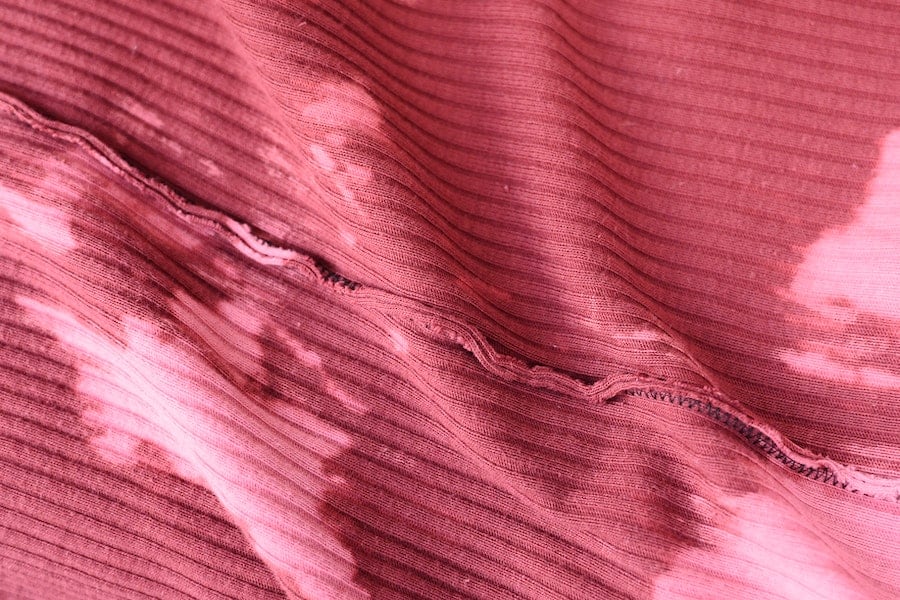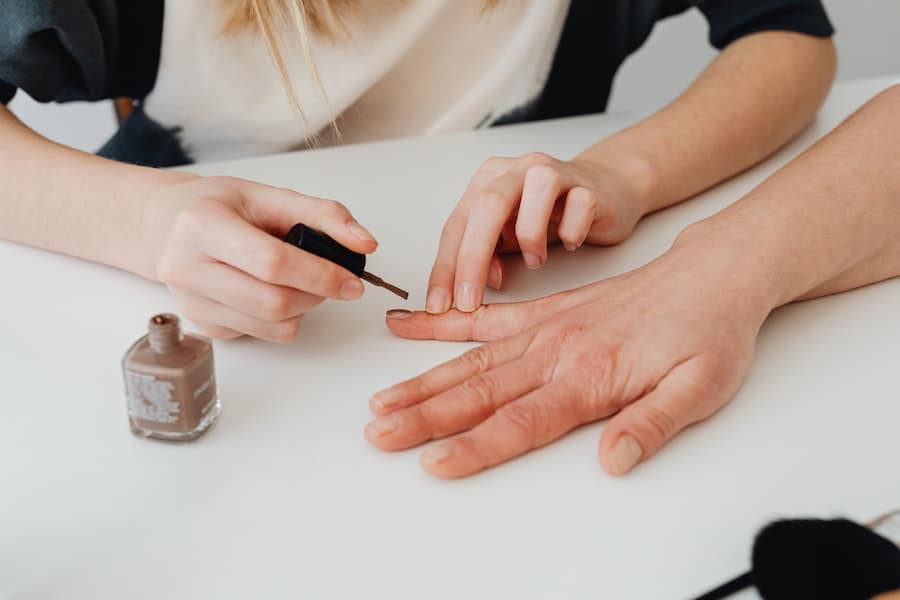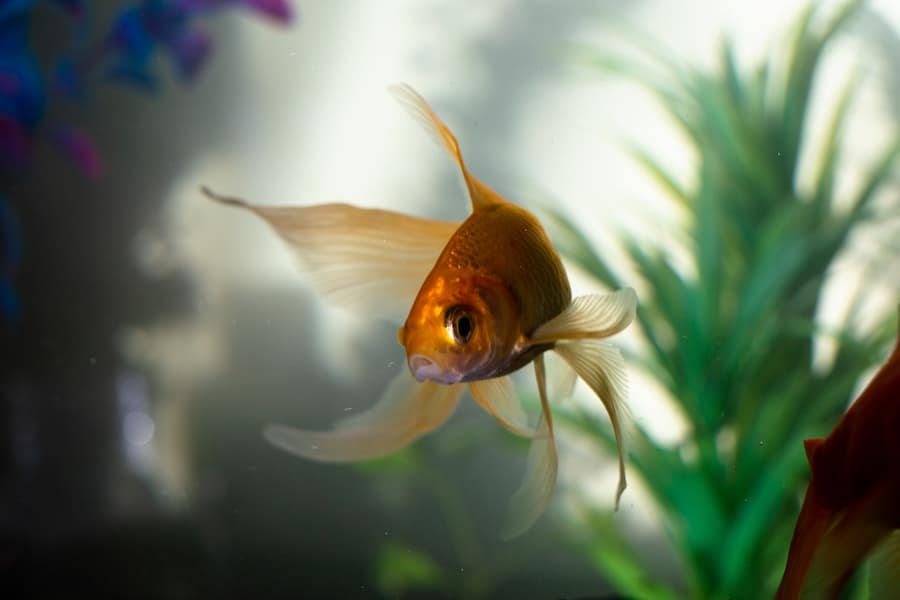Water is essential for our survival. However, water can also be the source of some serious problems. Water can cause damage to our homes in so many ways. Whether it’s a pipe breaking or an appliance malfunctioning, water has the ability to wreak havoc on our homes if we aren’t careful or have faulty equipment. The most common source of water damage comes from humidity and rainstorms. Fortunately, there are many ways you can protect your home from the negative effects that water can have on it. Implementing preventive measures as well as installing proper appliances will help your home avoid exposure to damaging moisture. However, even with all these safeguards in place, things still happen and it’s good to know how to deal with those problems when they occur – like getting stains out of the fabric after spilling water on it.
How To Get Out Water Stains On Fabric
1. Soak it up
The first thing to do is to soak up as much of the water as you can. Using a towel or a paper towel, blot the fabric until you can get most of the water out. You may use an ice cube if you have one handy, but don’t rub too hard on the fabric or you risk damaging it further. Blotting is best because rubbing can cause serious damage to your fabric, especially if it’s made of delicate materials like silk or wool.
2. Read the tag
If you want to be sure that your efforts will be worth it, you should read the tag that came with your clothes and see what kind of material they are made from. Some fabrics are more prone to staining than others, so knowing which type of material yours is will help you know how to proceed in removing stains on it.
3. Test for colorfastness
Before using any kind of stain remover on your clothes, make sure that they won’t discolor or damage them further by testing them on an inconspicuous part of your garment (the inside seam works well) and waiting 24 hours before determining whether they will work or not.
4. Blot stains dry with a clean cloth and then wash with mild soap and warm water
After getting rid of excess moisture by blotting it down with a clean cloth, wash your clothes in mild soap and warm water according to their care label. If the stain is still there after washing, repeat the process until it’s gone. If you can’t get rid of it, talk to a professional dry cleaner.
5. Prevent future stains
When you’ve removed stains from your clothes, make sure to take steps to prevent them from happening again by keeping spills away from your clothes and making sure that they are hung up or folded properly when not in use so that they don’t get creased or wrinkled in an awkward way that could cause them to stain easily in the future. You can also consider investing in stain-resistant clothing.
6. Use stain removers
If you have tried everything above, but you still have stains on your clothes and you’ve noticed that the fabric has been damaged or discolored, then it’s time to use stain removers especially if the item of clothing is specially made for children or if it has delicate material like silk or wool in it. You can also use a combination of stains and water stain removal methods like blotting and then washing to get out stubborn stains that don’t want to come out.
7. Treat stains with homemade remedies
If your clothes are not made of fabric that’s prone to staining, then you can try some homemade remedies for removing stains on them. You can try baking soda, vinegar and salt which work pretty well in removing many kinds of stains from fabrics. Another way is to mix together a solution of egg white, lemon juice and salt and apply it directly onto the stain until it dries up. After drying up, wash the area with mild soap and warm water according to their care label before drying them up again using a dryer sheet so they don’t become stiff or wrinkled when they are hung up again after washing.
Identifying The Cause Of Water Stains
1. Detergents
If you’re washing your clothes at home and are seeing water stains on them after they’ve dried, the problem may be detergent. If you’re using too much detergent or a detergent that has too many additives, it could be leaving residue on your fabrics that is causing the stains. Try using a different type of detergent or less of it and see if the problem goes away.
2. Hard water
If you have hard water in your home, it can cause soap scum to build up on your fabrics. Over time this soap scum can cause dark spots to appear on your clothes as it reacts with sunlight and becomes oxidized. If your clothes are getting stained with dark spots, try using a water softener in your home to remove some of the calcium deposits from hard water that could be causing staining problems.
3. Water temperature
If the water is too hot when you’re washing clothes, it can cause damage to fibers and lead to staining. Make sure that you’re using warm or cold water when you wash your clothes, not hot.
4. Detergent type
If you’re using a detergent that is too concentrated, it can be causing stains and discoloration on your clothes. Try using a different type of detergent or less of it and see if the problem goes away.
5. Fabric conditioner
Fabric conditioners are made to be used in conjunction with fabric softeners to help clothes resist stains. However, fabric conditioners can cause staining if they are used too much or if they contain too many additives that are not meant for use on clothing. Try using less fabric conditioner or none at all as a preventative measure against future staining problems by keeping stained clothing away from fabrics that are not meant to be treated with fabric conditioners in the first place (carpets, upholstery, etc.)
6. Fabric softeners
Fabric softeners are made to help keep fabrics from becoming stiff and hard after washing. They can also help fabrics resist stains by helping them absorb moisture faster and retain it longer. However, fabric softeners can cause staining if they are used too much or if they contain too many additives that are not meant for use on clothing (some contain optical brighteners, which can cause staining). Try using less fabric softener or none at all as a preventative measure against future staining problems by keeping stained clothing away from fabrics that are not meant to be treated with fabric softeners in the first place (carpets, upholstery, etc.)
Know The Difference Between Stains And Discoloration
1. Stains
Stains are caused by things that are not supposed to be in your clothes. If you have a shirt that has coffee stains on it, put it into the washer with cold water and use a detergent that is made for dark fabrics. If you have a white t-shirt with green spots on it, put it into the washer with cold water and add some bleach to the wash cycle. Do not put any fabric softener or bleach in the same load as your colored clothing, or you will end up with green spots all over your white clothing.
2. Discoloration
The discoloration is caused by things that are supposed to be in your clothes but aren’t working as they should. If there is some kind of stain on a shirt and you want to remove it, try using an enzyme cleaner or an oxygen bleach (like Clorox) in place of regular bleach to get rid of the stain without damaging the fibers of the shirt too much. Also, if you have discoloration on your white clothes, try using vinegar instead of fabric softener or detergent as a preventative measure against future discoloration problems by keeping stained clothing away from fabrics that are not meant to be treated with fabric softeners in the first place (carpets, upholstery, etc.)
Conclusion
Water is an important part of our daily lives, and it is essential for our survival. However, it can also cause a lot of damage if uncontrolled. It is vital to keep track of water usage and protect your home from water damage. If water damage does occur, it is important to act fast; this will help to minimize the amount of damage caused by the water leak. With the right tools and information, you can get stains out of fabric after water damage.








